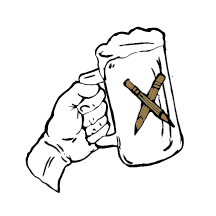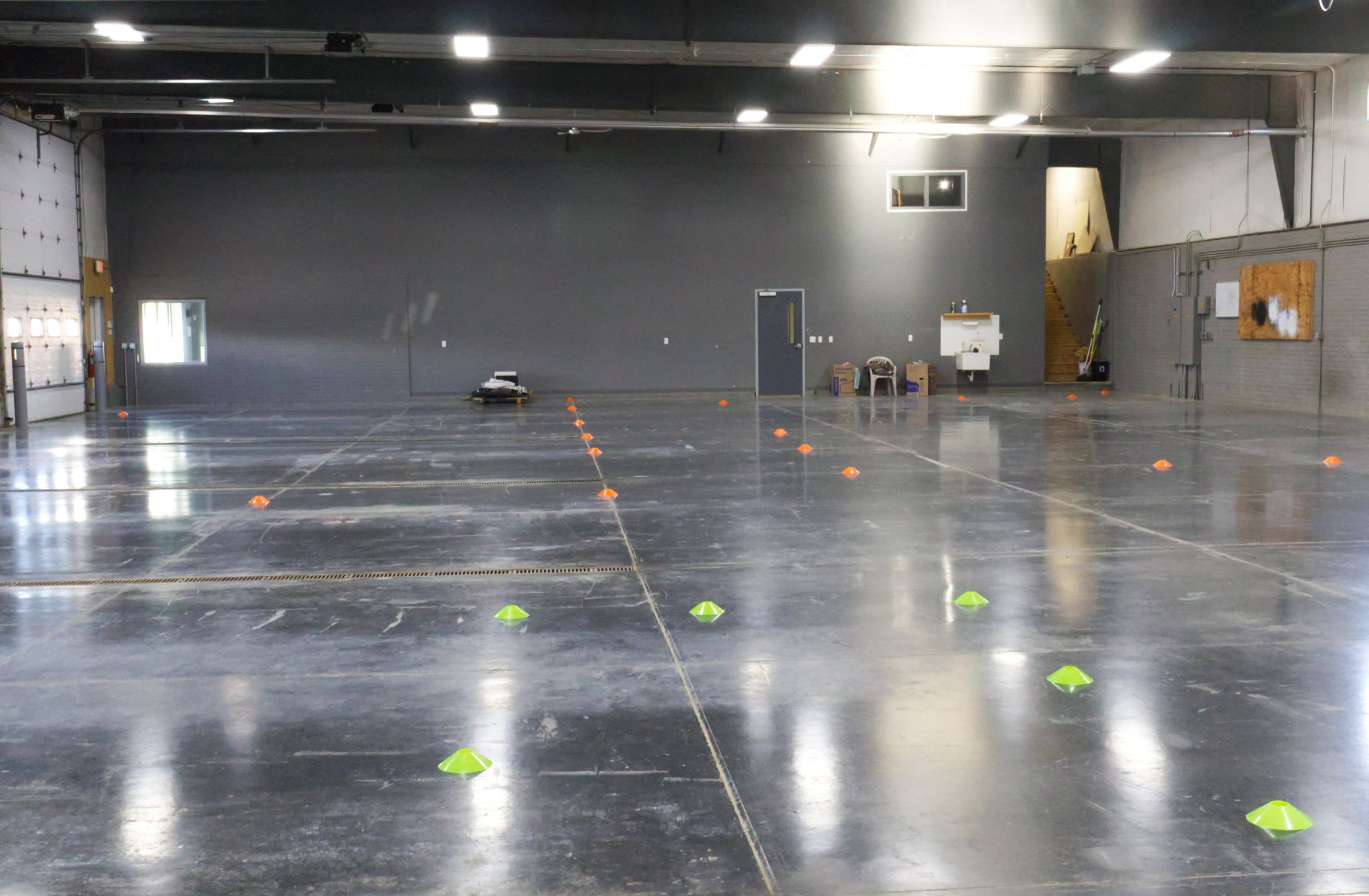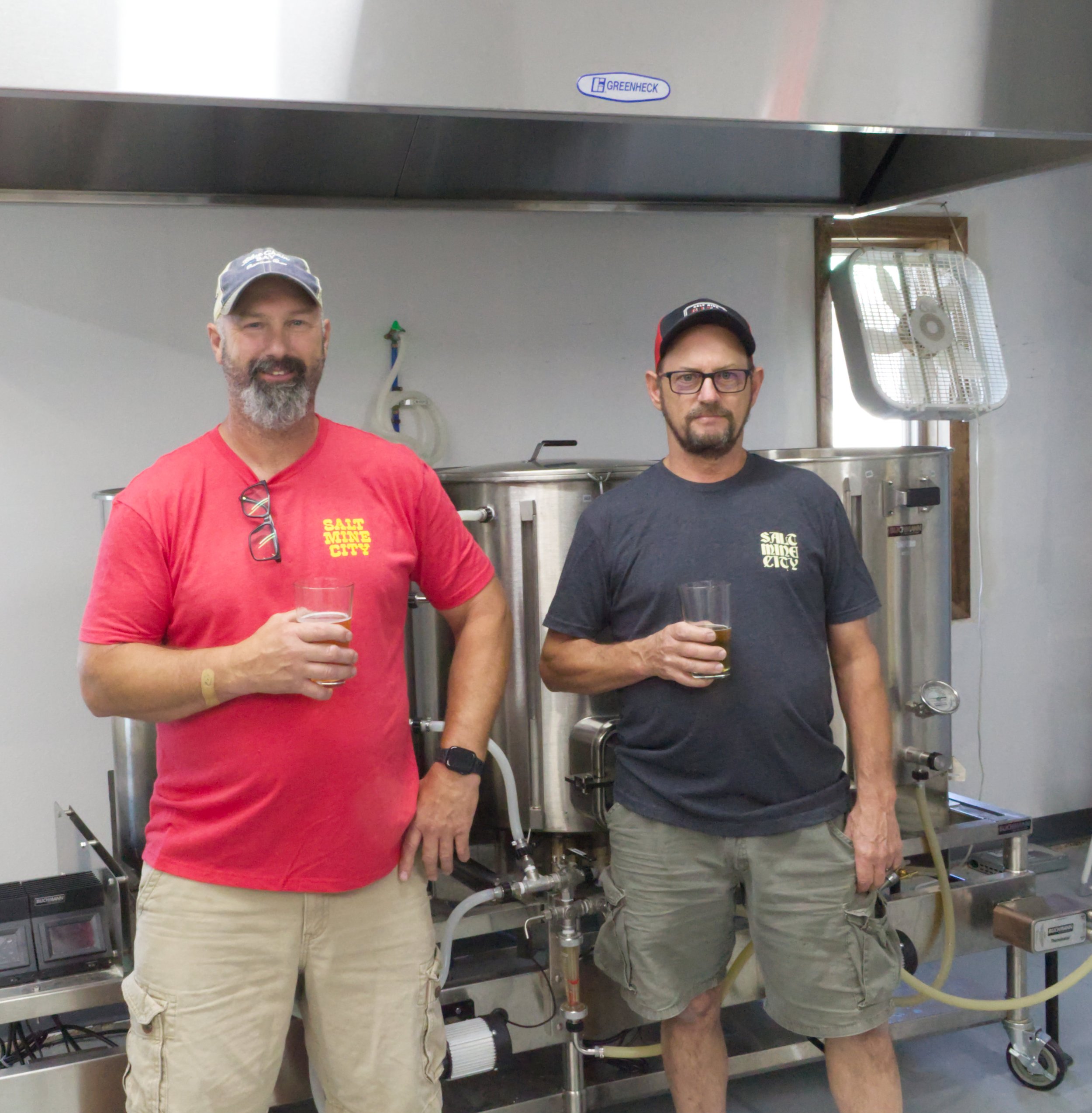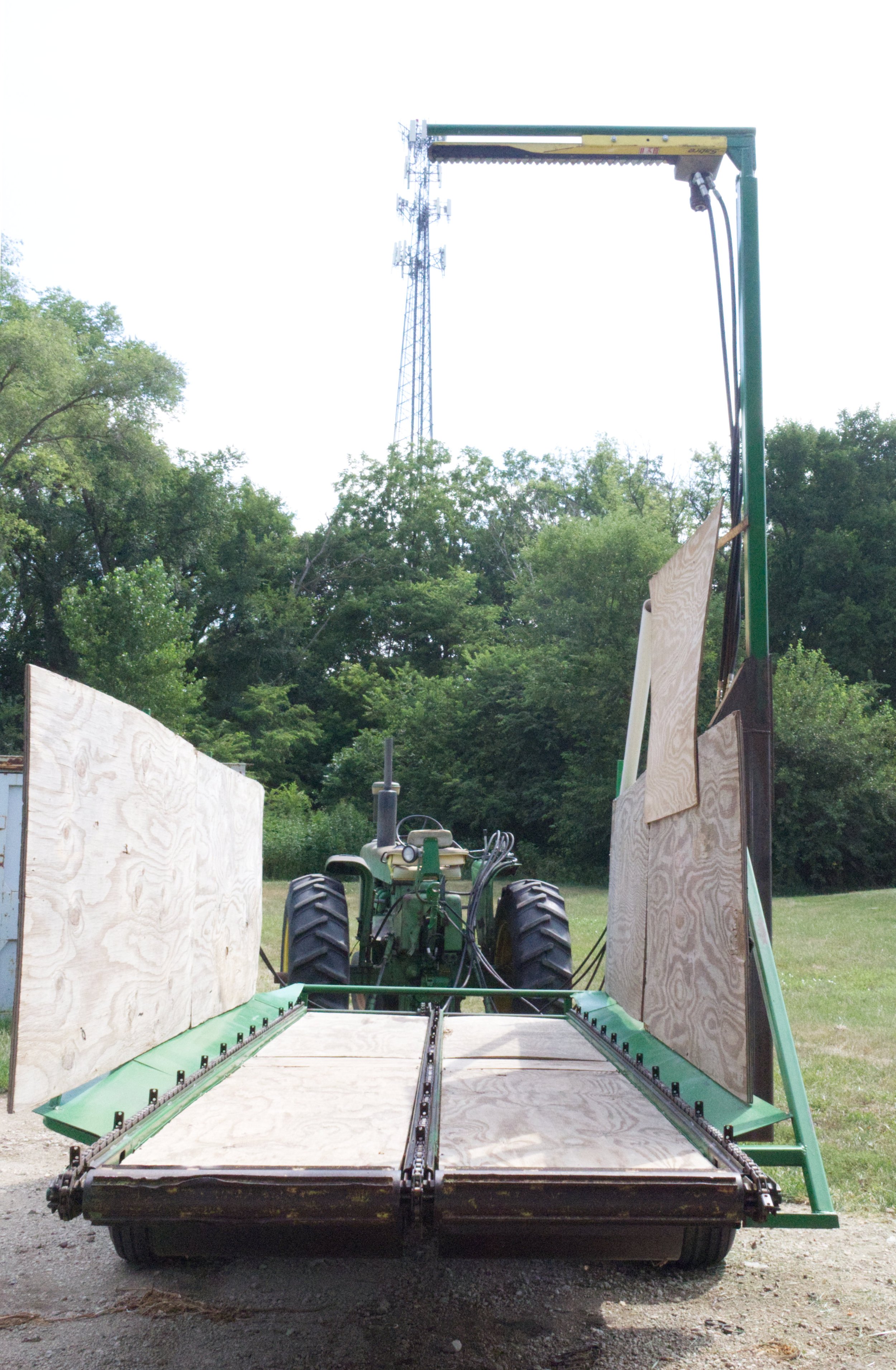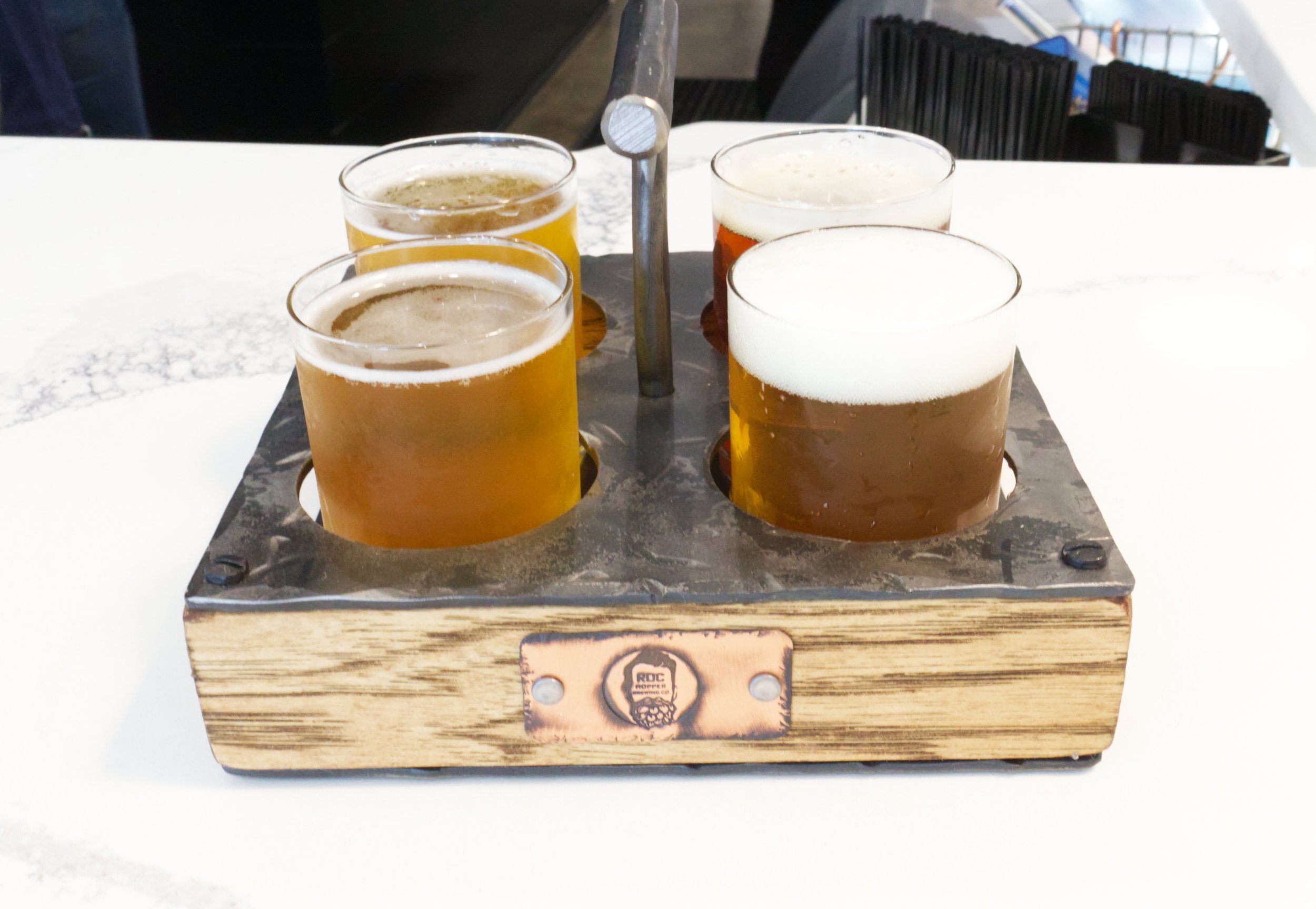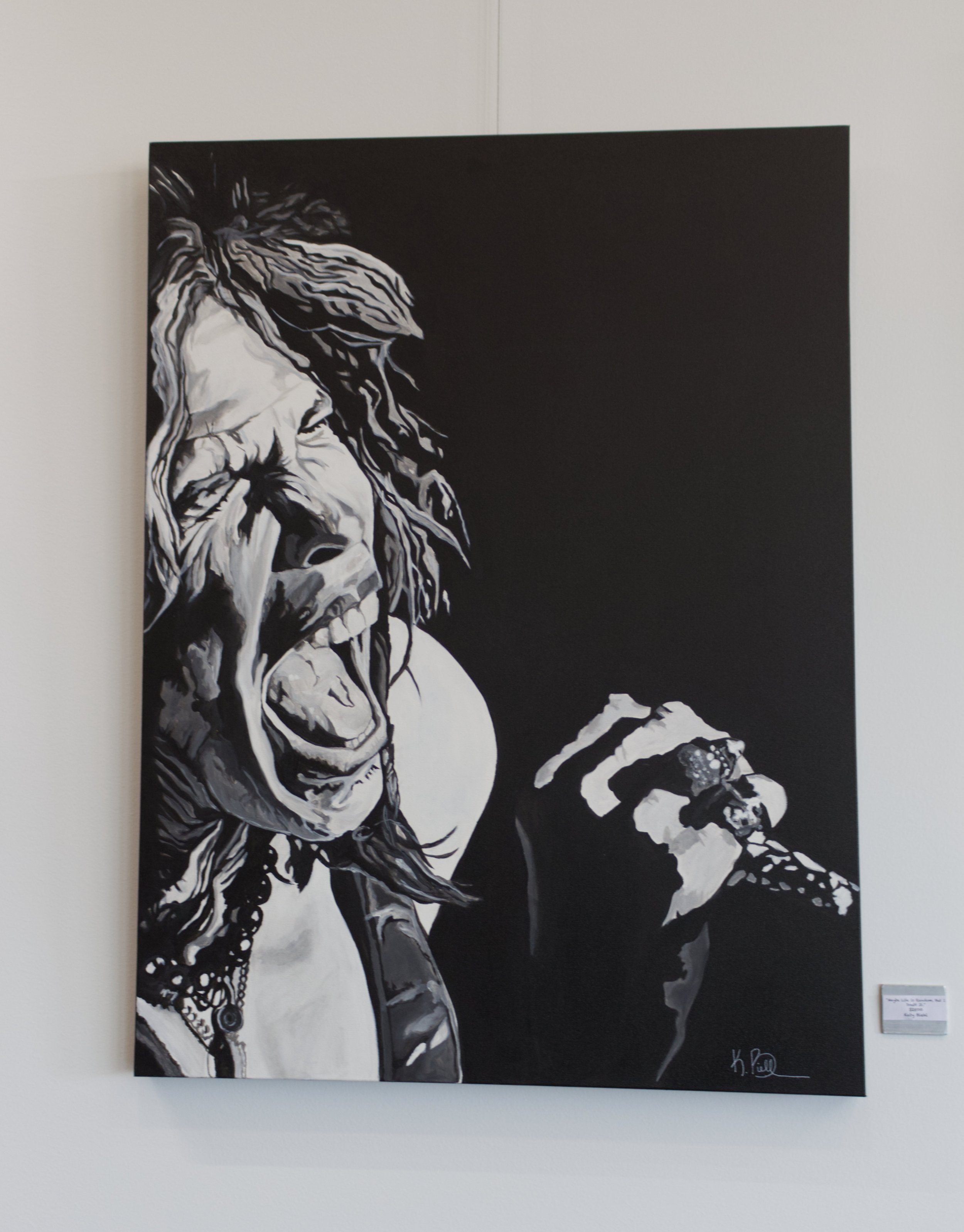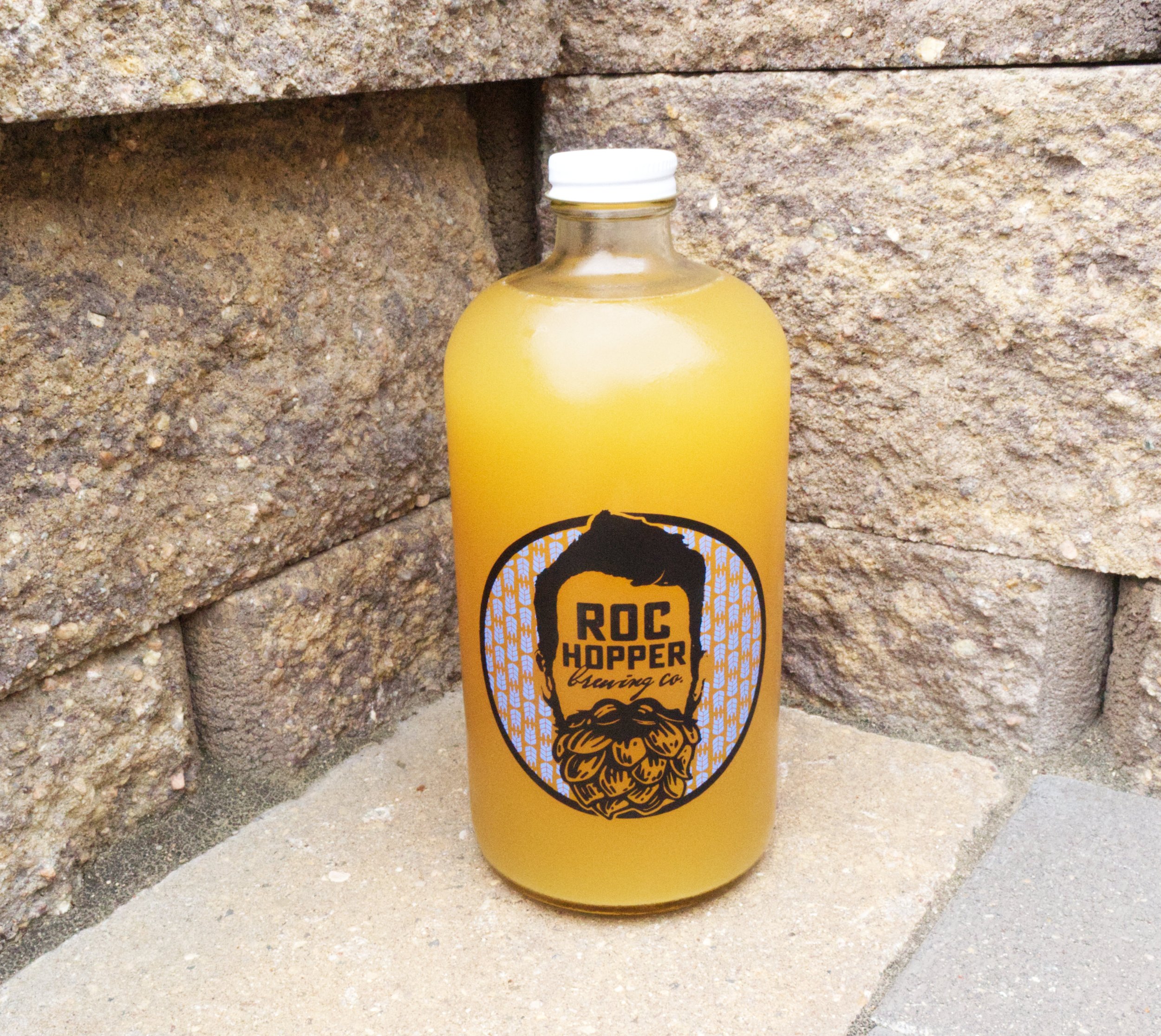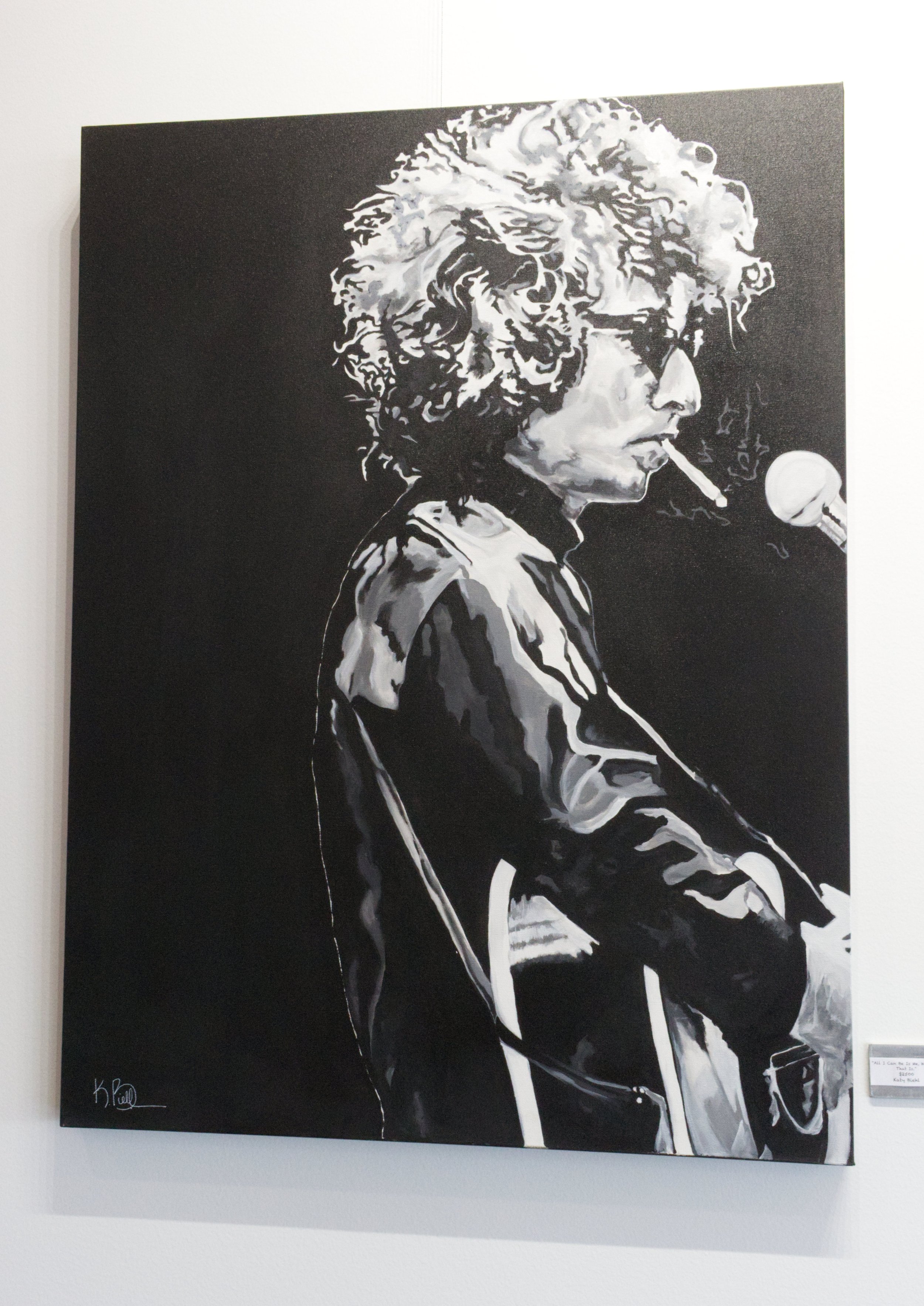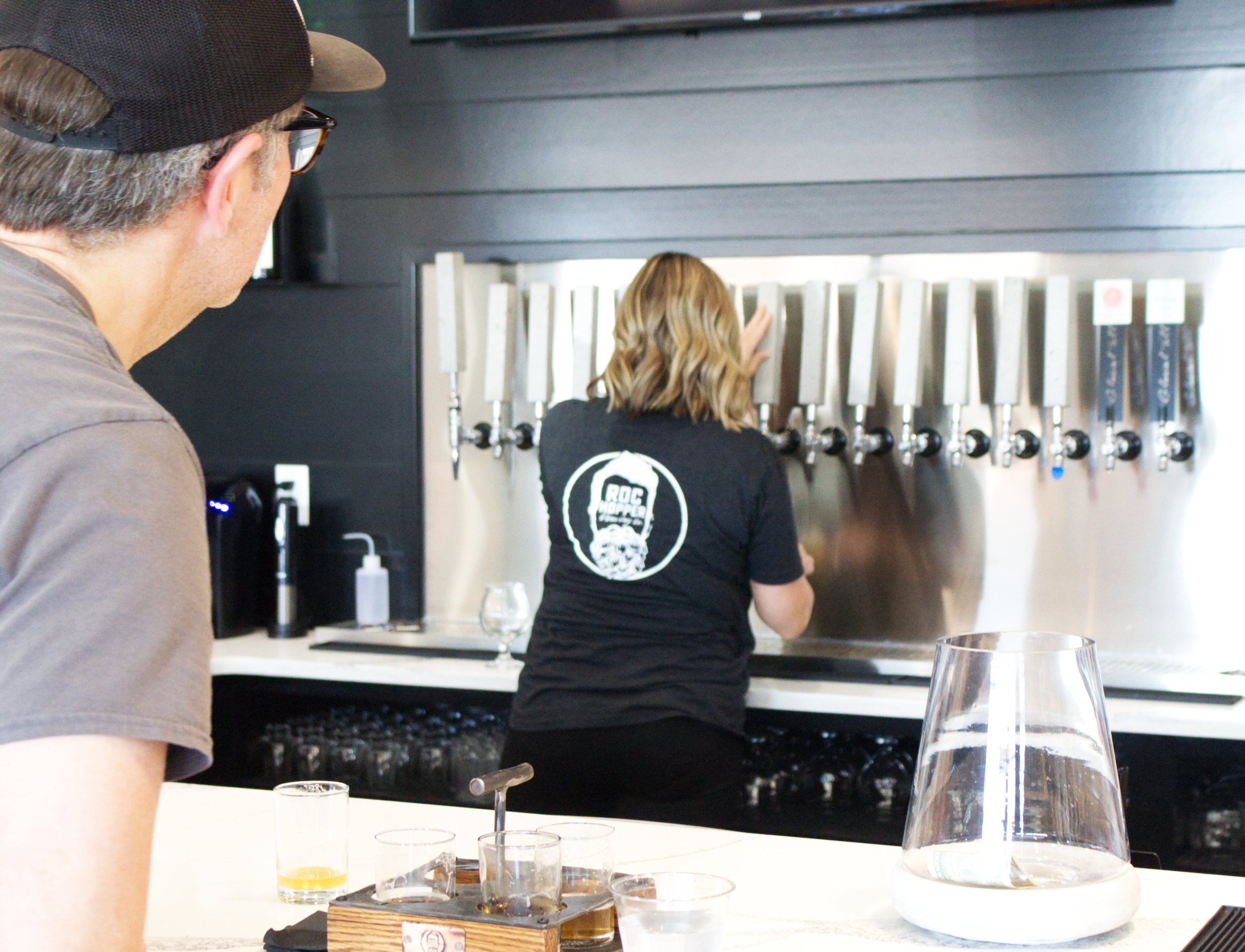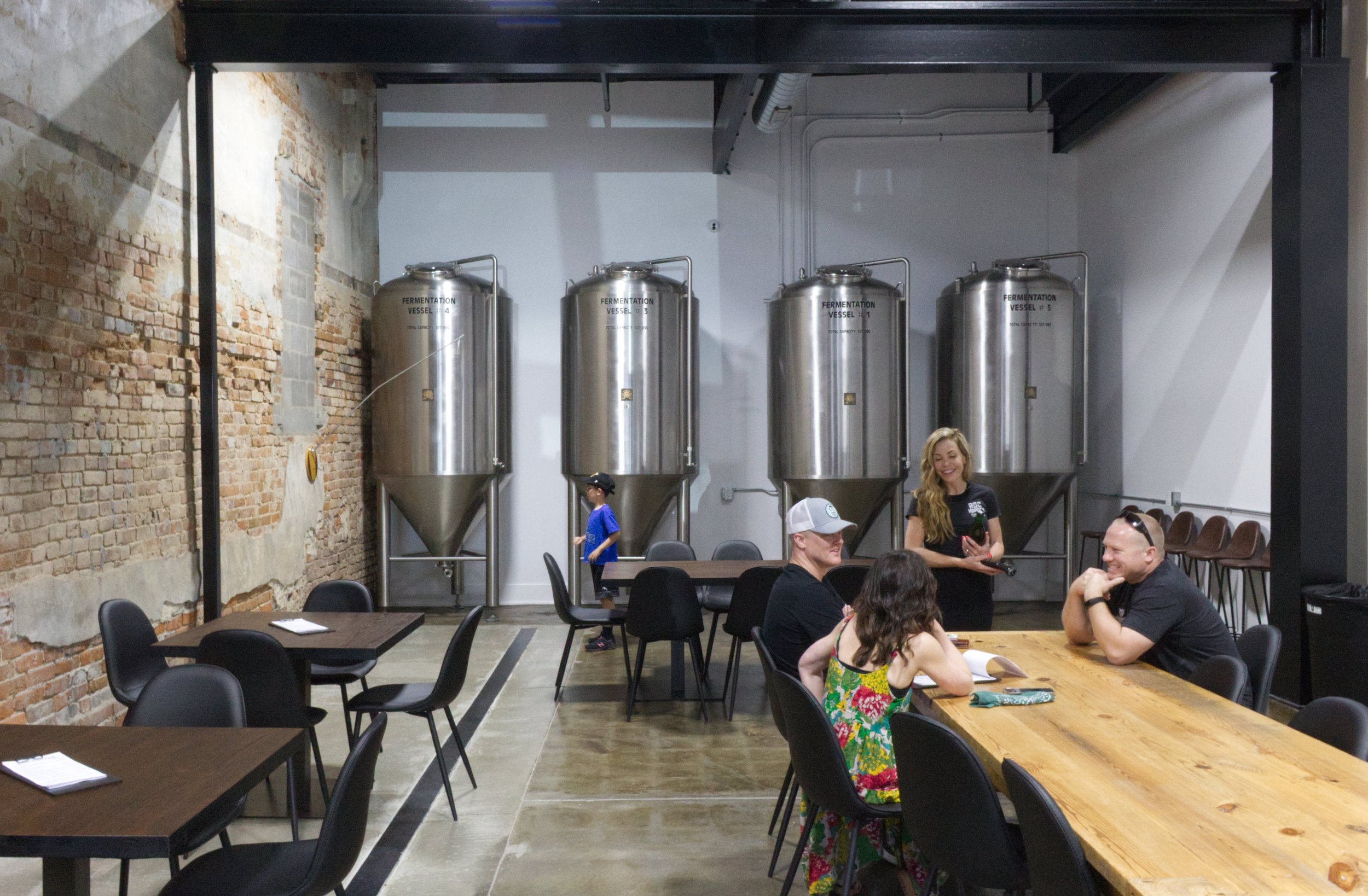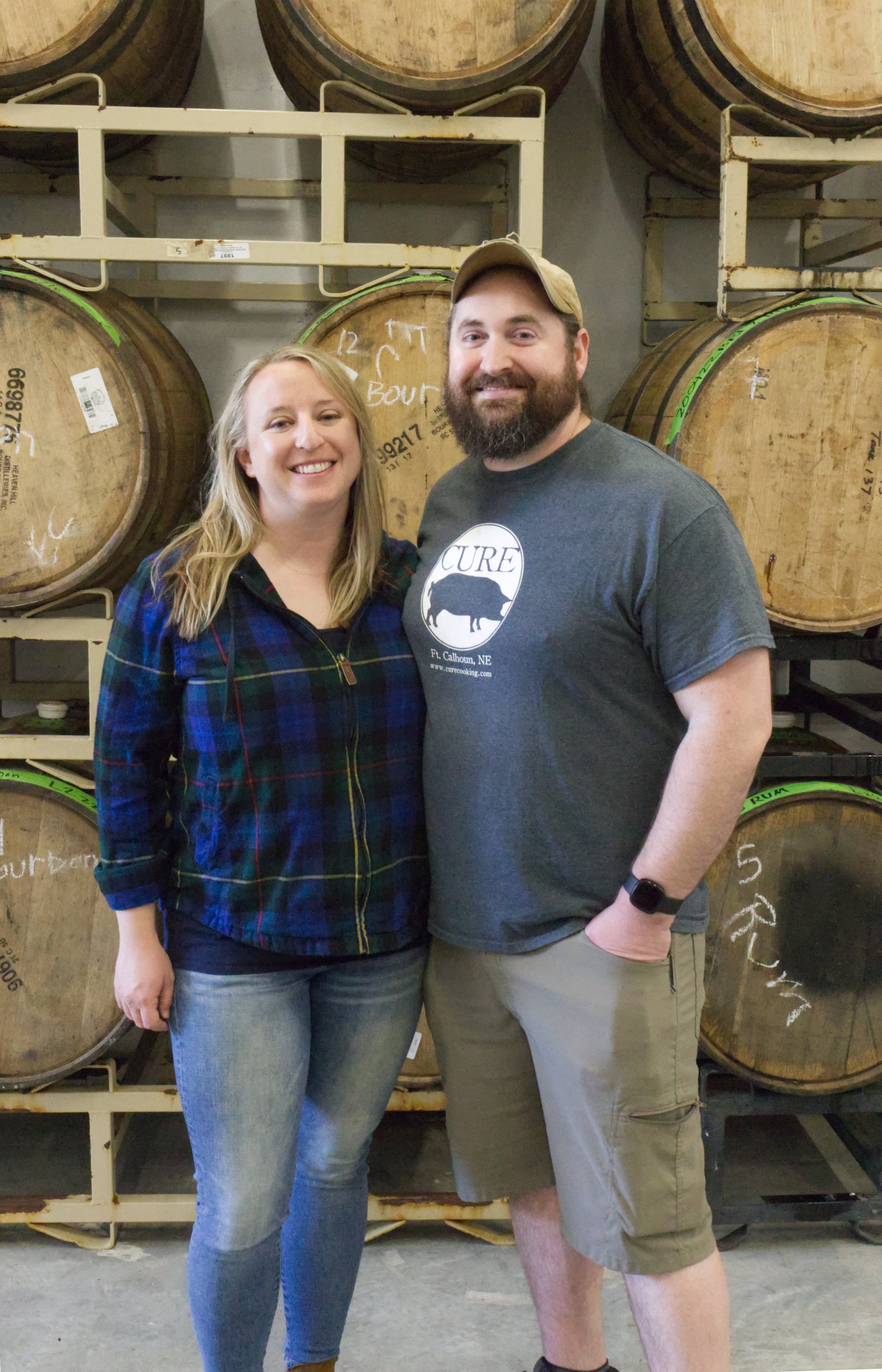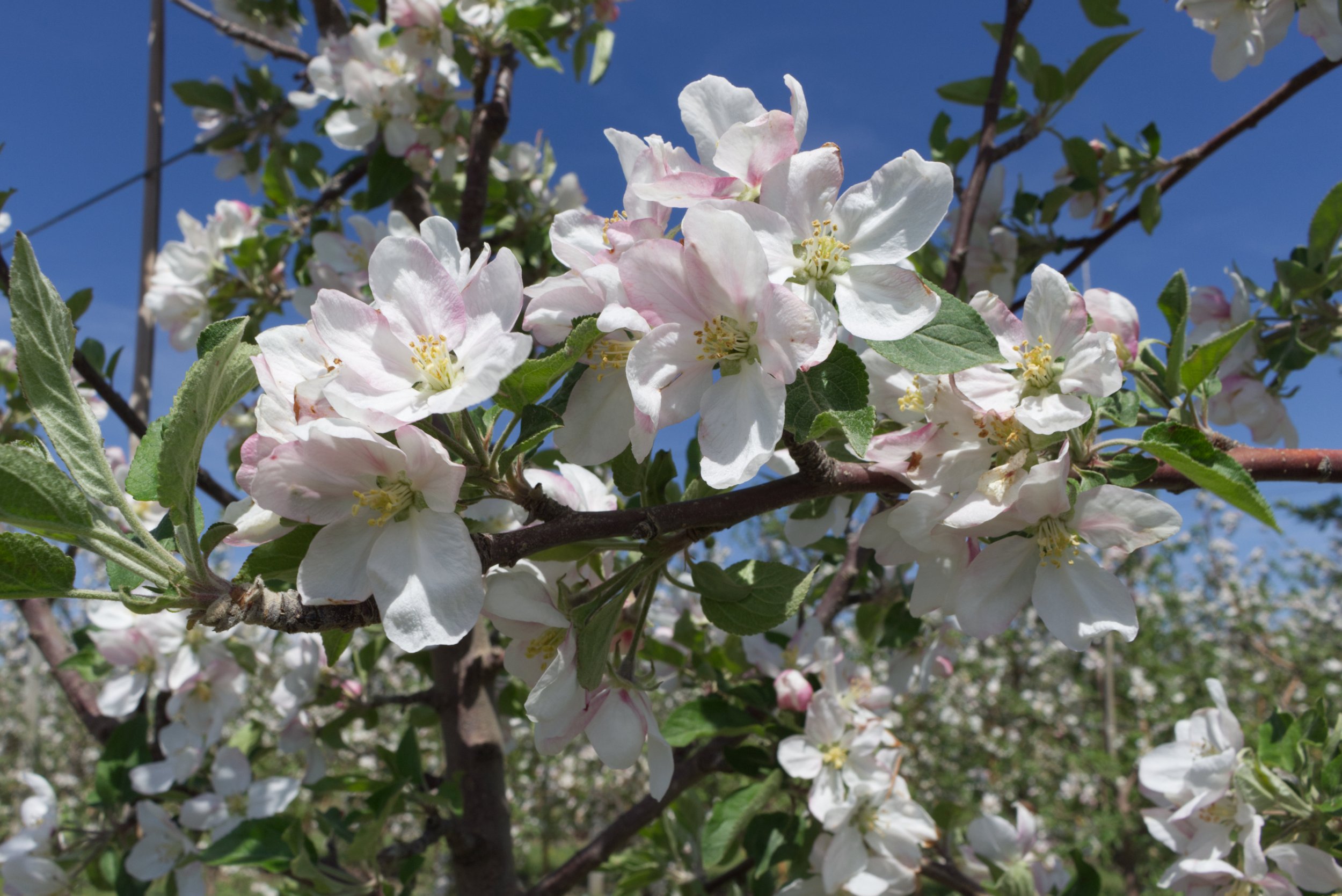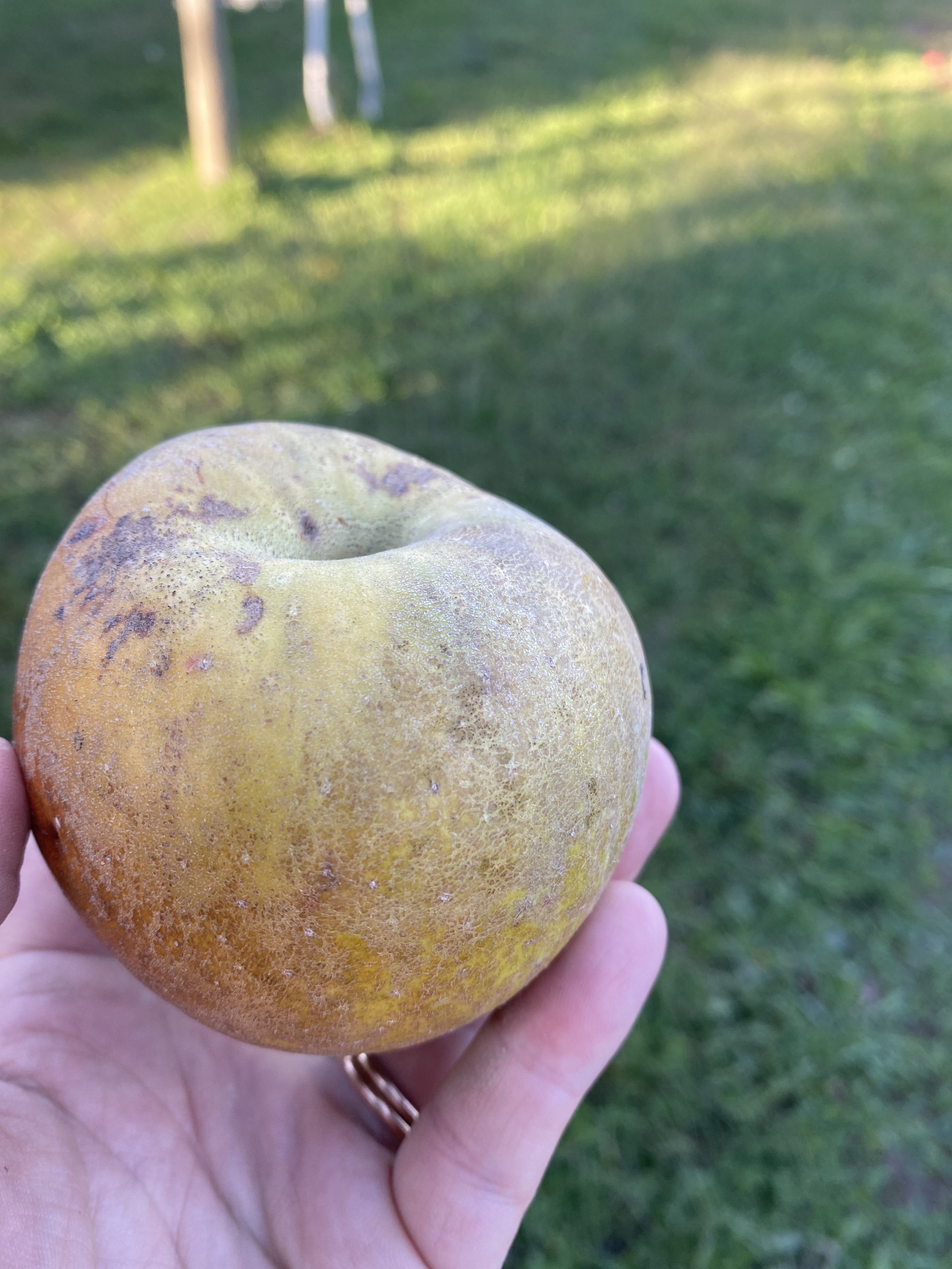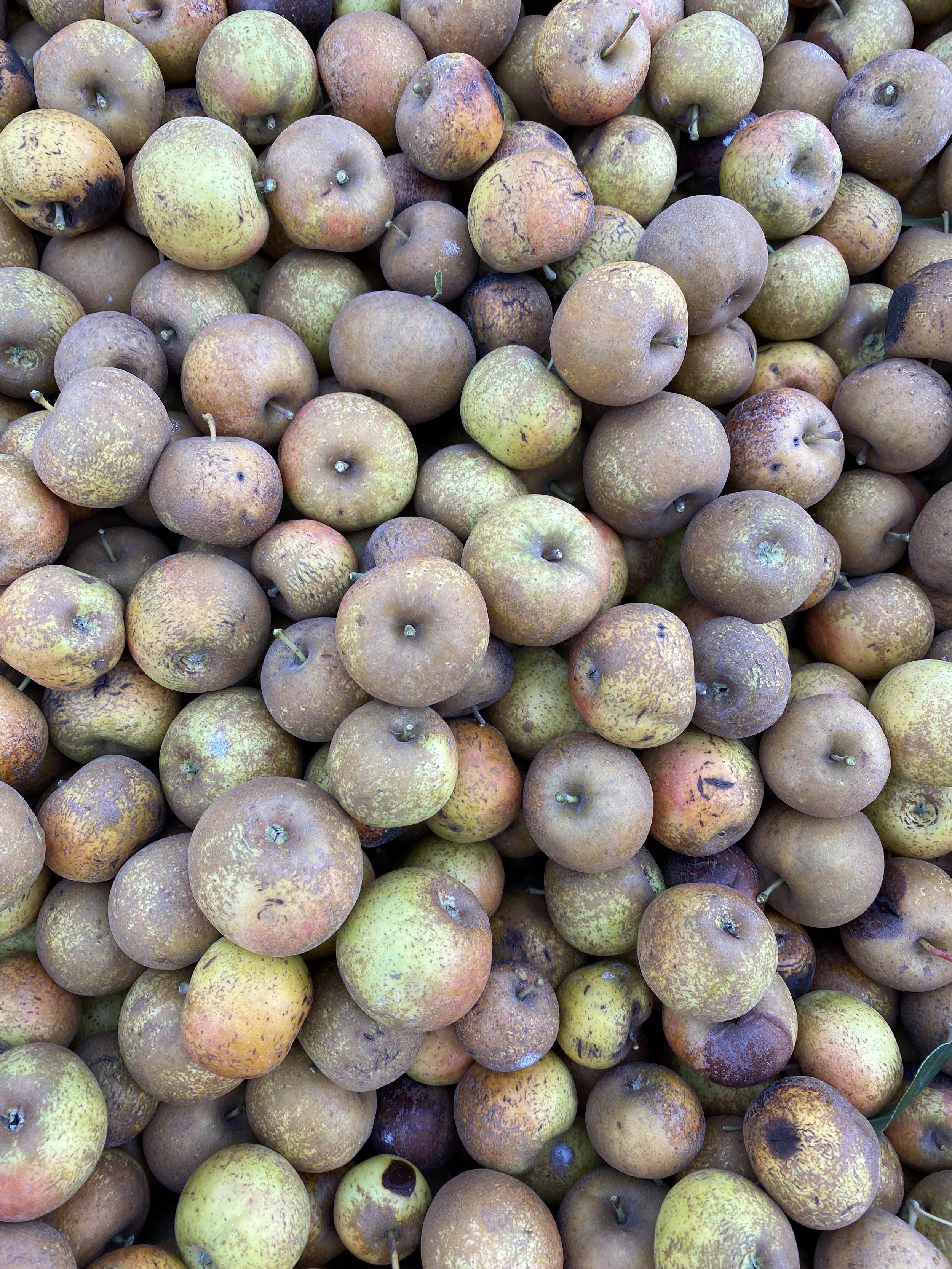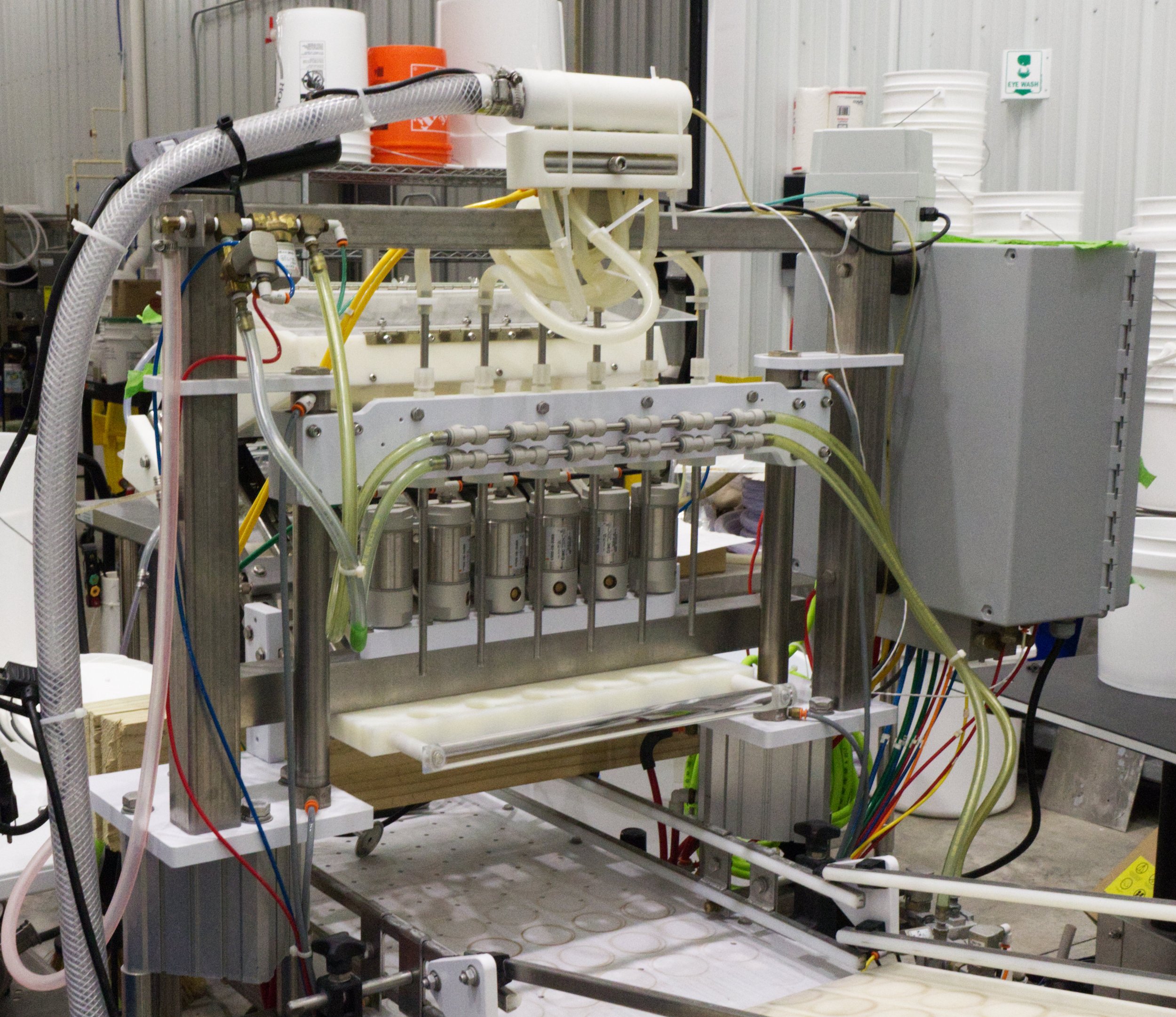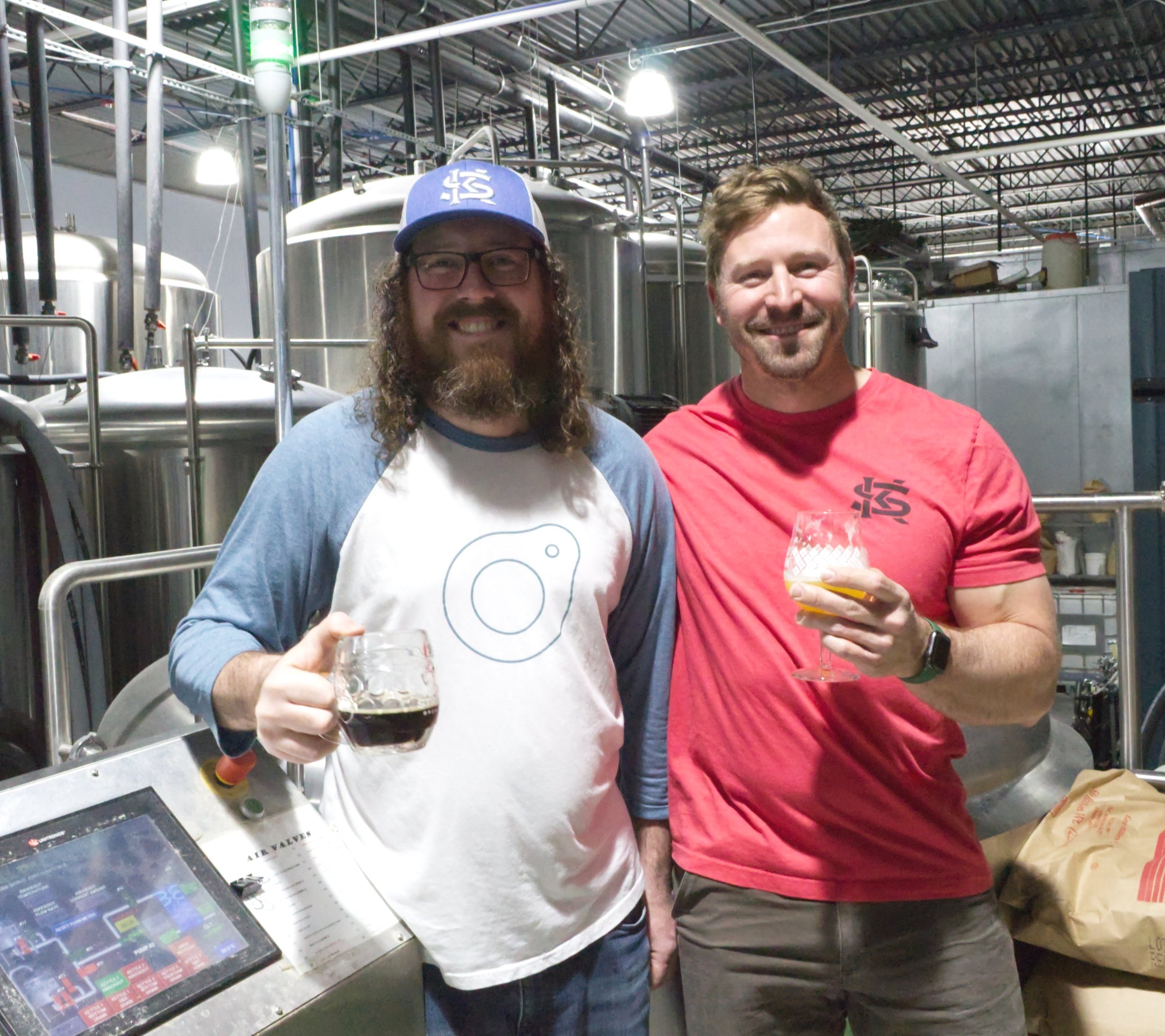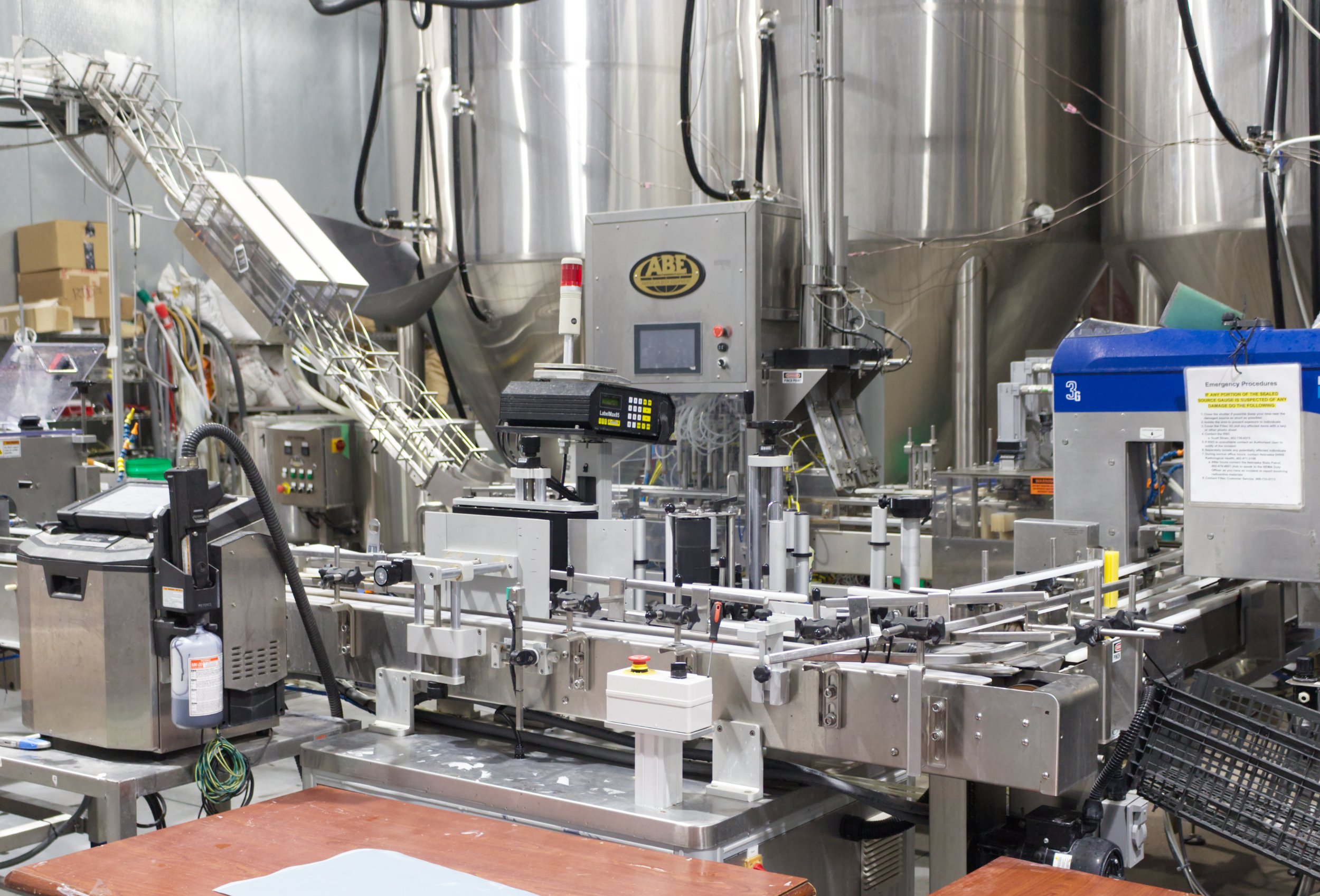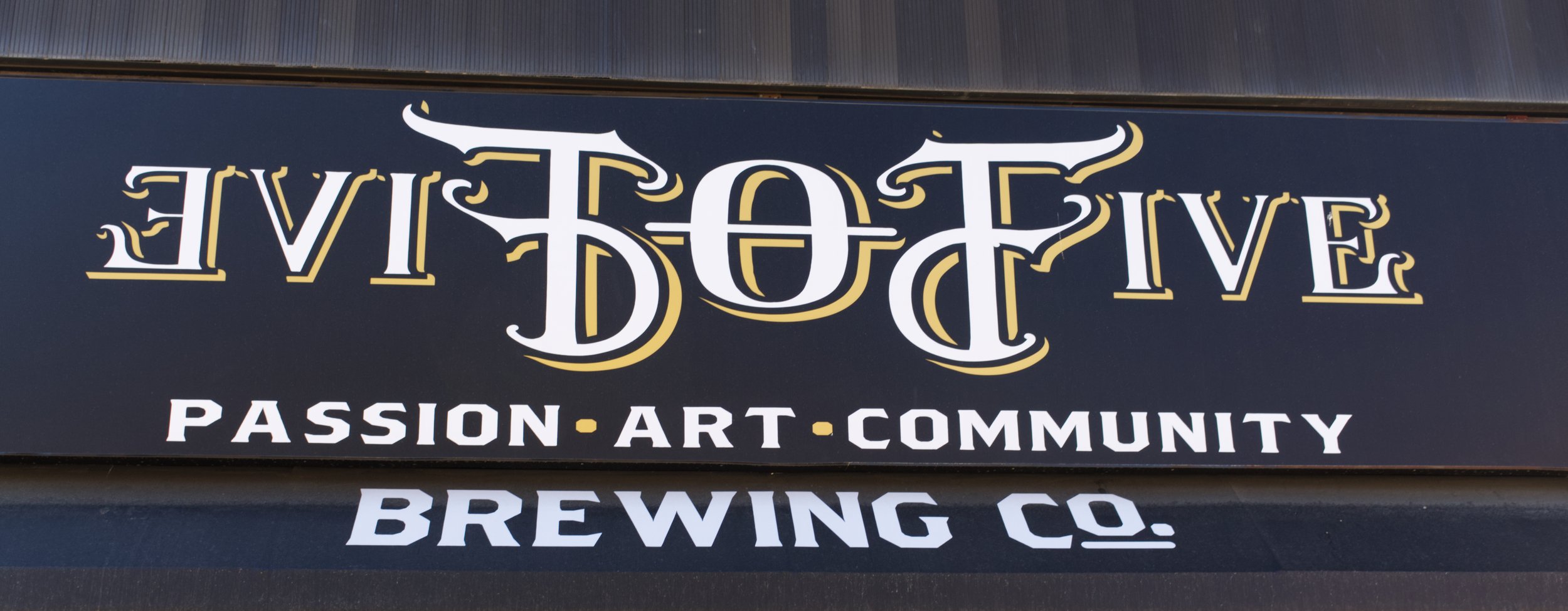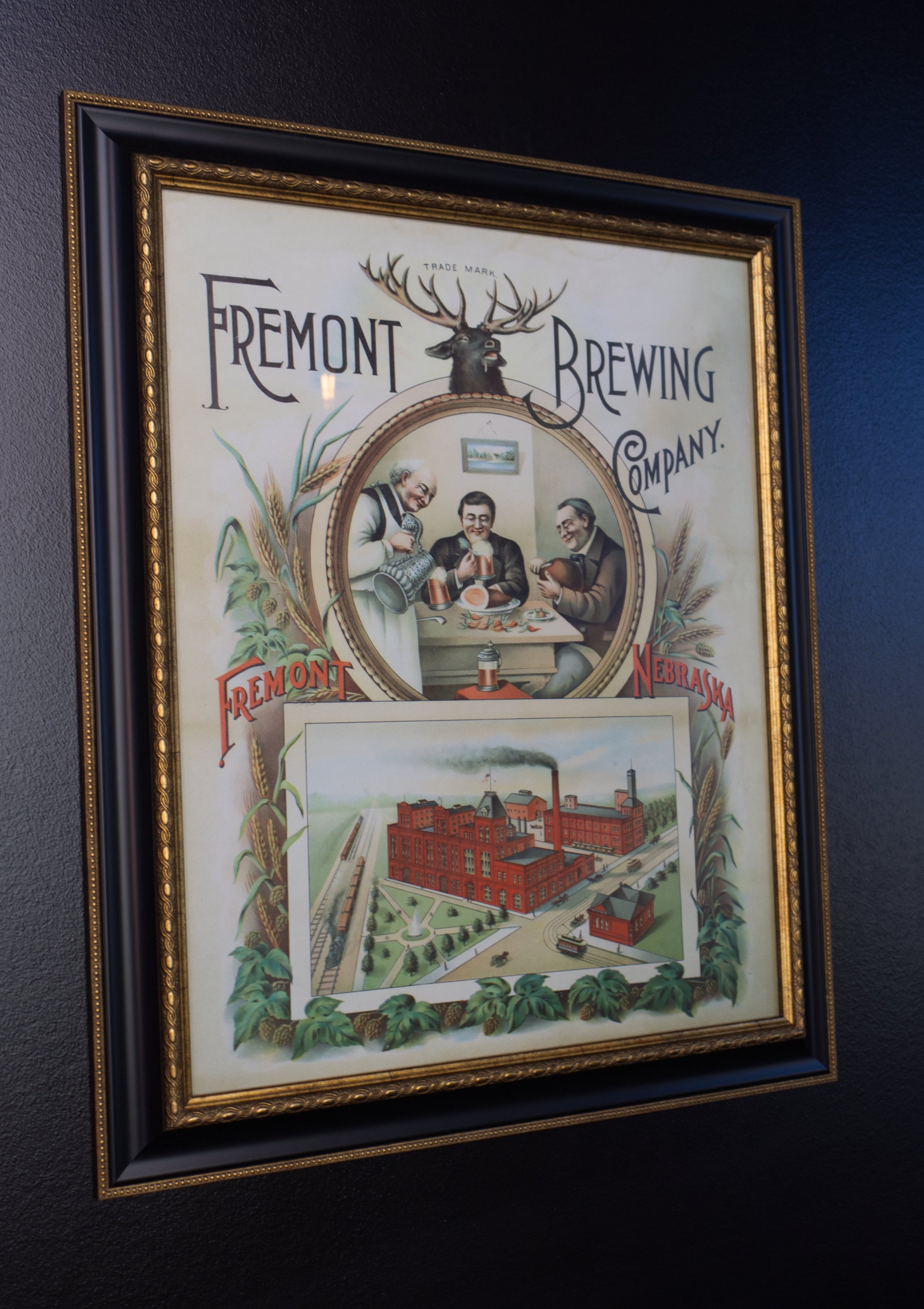The Name
One of the most daunting tasks has to be coming up with a name that no one else has. The name reflects your brand, so it also has to have a deep meaning to yourself and those you serve.
Heavy Brewing expresses the early beers that they guys had brewed. The first few batches seemed to be low on the ABV (alcohol by volume) side. The beers were coming in at around 3 to 4%, so they kept adding more grain to the point they had 19 pounds in one 5-gallon batch.
The ABV came up some, but not to what they expected. The odd part was that they felt the effects of drinking it after only having small amounts of the beer. What could be the reason behind this?
Beer geek speak time! When measuring the gravity of the beer, there is the original and final gravity. There are two standard tools: a refractometer and a hydrometer. For the original gravity, you can use a refractometer. The refractometer works well since there is no alcohol yet. Holding the wort (unfermented liquid) up to light gives a pretty accurate reading. For fermented wort, the alcohol alters the refractive index of the beer since light cannot come through as well. There is a specific calculation needed to come up with the true gravity.
The guys said they were initially using the refractometer for both original and final readings. However, for the last measurement, they weren’t applying the calculation. Thus the ABV was much higher than he thought it was. The original beers were coming in between 9 to 13%. They all were heavier in alcohol than expected which provided the appropriate name of Heavy Brewing.
The Logo
Regarding the monkey head, one of the first beers that Randy and Jeff brewed was called Monkey Munch. It is another name for that sweet treat called puppy chow. The guys had a few friends over to try some of their beer. During the sampling, with a chalkboard in hand, it was time for Jeff to have fun drawing images for each beer. A few creative chalk renditions closely represent the logo that came to be. Jeff and Randy liked it, and it went well with Heavy Brewing, so Heavy the Monkey was born!
The Business Plan
Over the past couple of years, Jeff and Randy have spent a tremendous amount of time on the business plan. This is a new venture for them trying to establish their first business. Together, they have incredible ideas for the beer and seltzers and a vision of what the brewery could be. One thing that was missing though was the knowledge of how to launch a new business. Jeff’s father-in-law has owned multiple companies and would be very instrumental in helping to get the business plan put together.
Creating your business plan can be a daunting task. Do I want to serve beer just from my taproom or distribute it also? Do I want to serve food? If so, what will I need for a kitchen? Then there is the financing aspect. Can I find funding on my own? Should I consider angel investors? What opportunities are out there for small business loans? Researching all of the options and understanding the pros and cons of each of them can be overwhelming.
One of the most important if not the most critical parts of the plan to be successful is finding a good location. Jeff and Randy spent a great deal of time researching the Omaha area and mapping out the current breweries. The desired location ideally would be an area that needed a social gathering place. In addition to that, the population required to support a brewery would be essential, and a nice bonus would be an area that was growing.
The search took some time, but the home for Heavy Brewing would be Gretna, Nebraska. Gretna was the right location that would fit their vision of a family-friendly space that could provide the community with a social gathering place.
The next challenge would be finding a building that could support their vision of an open floor plan. A courtyard with room for families to enjoy games during a beautiful day is essential for the outdoor space. Last but not least, would be having enough parking at the brewery.
The Craft Beer Community
There are so many factors that come into play when launching a brewery. What is the right equipment setup? What are the best places for buying malt, hops, etc.? One thing about the Nebraska craft beer community is the openness to help others out.
Jeff and Randy appreciate all the mentorships from the local breweries including:
Site-1 Brewing
Kros Strain Brewing
Jukes Ale Works
Vis Major
The time that they got to spend with the other breweries was priceless in the help it has provided!
